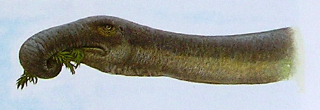
March 21, 2009

Did they or didn’t they? I suppose there’s no way of knowing today, with current data, but the debate rages on.
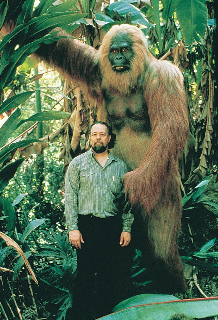
Artist William Munns and his reconstruction of Gigantopithecus, from Bill Munns Creature Gallery.
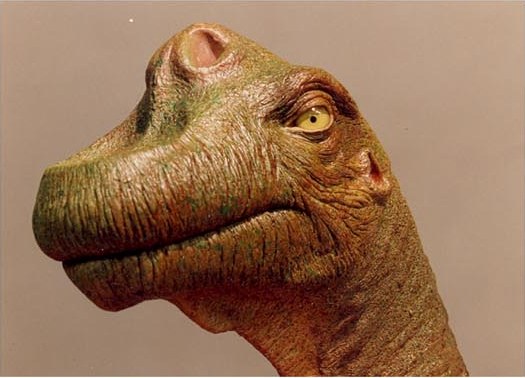
As you will recall in July 2008, Cryptomundo served as a launching forum for Bill Munns’ initial showcasing of his dinosaur reconstructions bringing to life his dinosaurs-with-trunks theory.
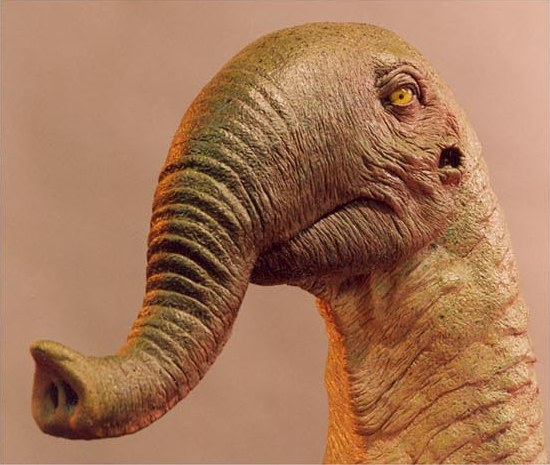
His theory is captured in his piece, The Sauropod’s Trunk. He felt it might impact on the question of living dinosaurs, especially in cryptozoology, regarding the speculative ideas about Mokele-mbembe, as well as to fossil forms.
Others had thought about this before Munns, but his reconstructive art gave the theory some 3-D form.

At the time, Darren Naish, an anti-trunk advocate, gave a brief rebuttal.

University of Portsmouth vertebrate palaeontologist Darren Naish.
Naish has been working on a much more indepth reply (while waiting for the birth of his new daughter Emma – Congratulations, Darren!!).
Darren Naish now has published, at his Tetrapod Zoology blog, what would do any journal proud, via his comprehensive response. Entitled “Junk in the trunk: why sauropod dinosaurs did not possess trunks,” it is a spirited and thoroughly academic defense of his position. You can locate it here.
Naish very directly talks of the readers here when he makes this statement to introduce where his piece is going:
“Because – I assume – relatively few Cryptomundo readers are going to be up to date with current views on dinosaurs, I thought it worth pointing out that the trunked hypothesis is not supported by present evidence….”
Naish details his evidence, and concludes:
“I argue that the broad muzzles and super-long necks of sauropods are incompatible with trunk presence. The lack of appropriate facial musculature, the absence of muscle attachment sites, and the presence of small facial nerves all show that sauropods did not, and could not have had, trunks. Furthermore, the data we have on soft tissue nostril position, and on tooth wear, is also completely incompatible with the presence of a trunk. Given that, as mentioned a few times in this article, the trunk hypothesis has NOT been widely adopted by dinosaur workers – in fact it is very much a minority fringe opinion, rarely taken seriously – this rather lengthy appraisal might be akin to using a sledgehammer to open a peanut (or whatever the phrase is). Nevertheless, I felt it needed doing, in part because a detailed appraisal such as this, involving numerous lines of evidence, hasn’t been produced before.”
Certainly, though, some mammals may have had trunks as fossil forms (see images below). Nature finds a way.
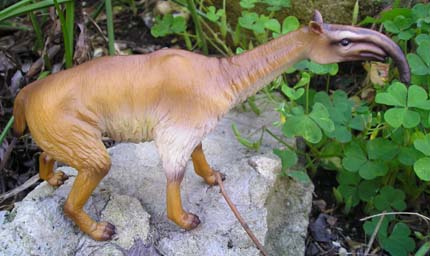

On the possible presence of proboscides in glyptodonts, Naish did end up covering this recently, here.
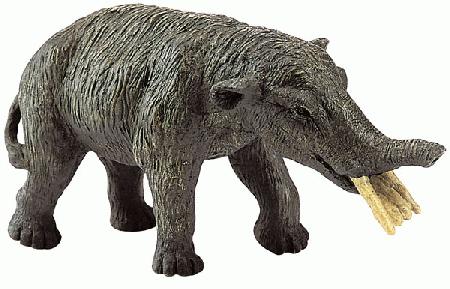

Other animals, we do know, presently, indeed do have trunks (e.g. modern elephant seals, elephants and tapirs).
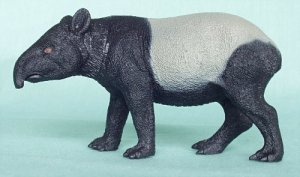
The need is critical. Please push the button. Do a small thing, for every dollar helps, no matter what amount; feel better today. Thank you.
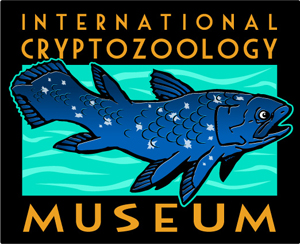
About Loren Coleman
Loren Coleman is one of the world’s leading cryptozoologists, some say “the” leading living cryptozoologist. Certainly, he is acknowledged as the current living American researcher and writer who has most popularized cryptozoology in the late 20th and early 21st centuries.
Starting his fieldwork and investigations in 1960, after traveling and trekking extensively in pursuit of cryptozoological mysteries, Coleman began writing to share his experiences in 1969. An honorary member of Ivan T. Sanderson’s Society for the Investigation of the Unexplained in the 1970s, Coleman has been bestowed with similar honorary memberships of the North Idaho College Cryptozoology Club in 1983, and in subsequent years, that of the British Columbia Scientific Cryptozoology Club, CryptoSafari International, and other international organizations. He was also a Life Member and Benefactor of the International Society of Cryptozoology (now-defunct).
Loren Coleman’s daily blog, as a member of the Cryptomundo Team, served as an ongoing avenue of communication for the ever-growing body of cryptozoo news from 2005 through 2013. He returned as an infrequent contributor beginning Halloween week of 2015.
Coleman is the founder in 2003, and current director of the International Cryptozoology Museum in Portland, Maine.
Filed under Cryptomundo Exclusive, Cryptotourism, CryptoZoo News, Fossil Finds, Living Dinosaurs, Mokele-Mbembe